Orisha Gods and Goddess
Orisha Gods and Goddesses
Getting a Personal look at the Orishas
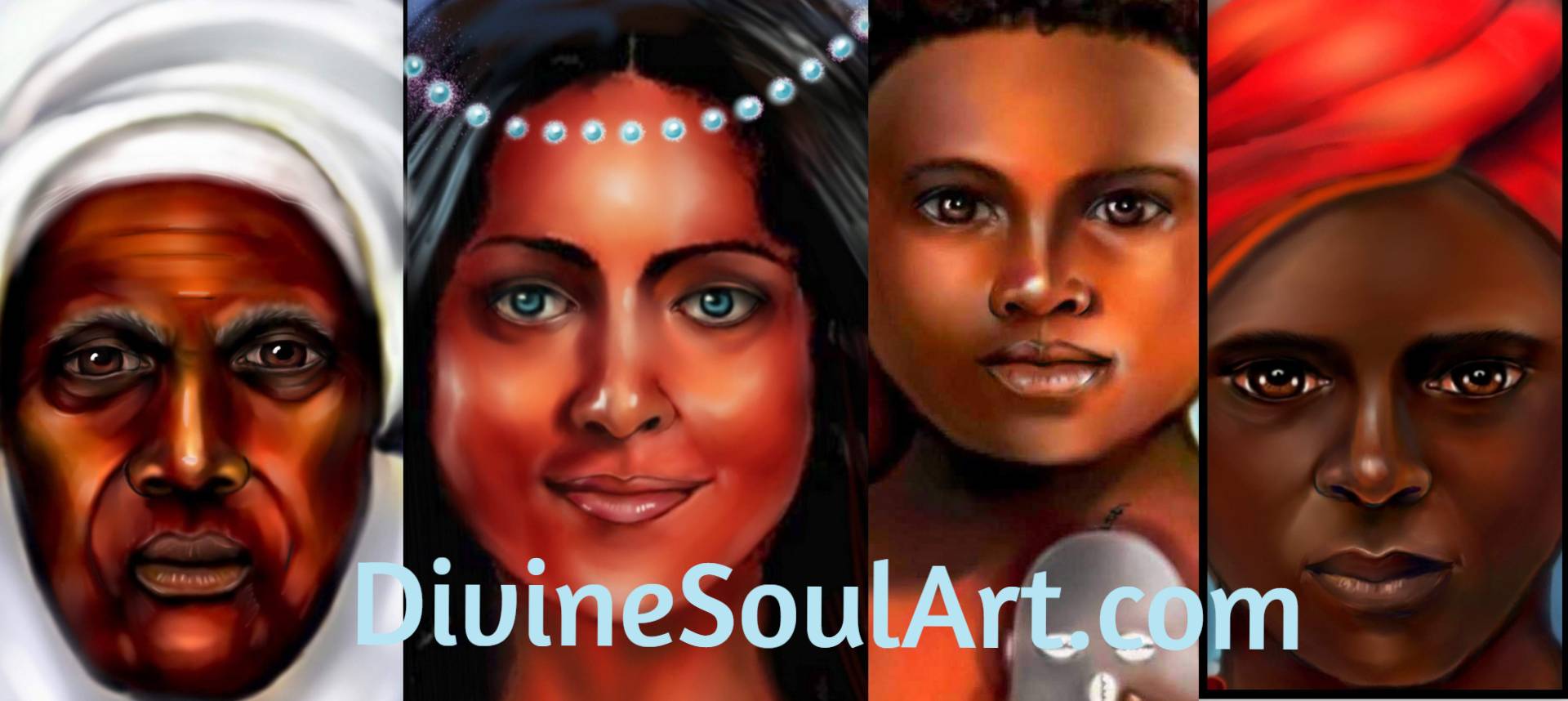
Welcome to the page dedicated to some of the Orisha Gods and Goddesses! Here, you can explore various artworks featuring the Orishas, the Gods and Goddesses of Santeria, along with a brief summary of each one.
Click the link below to view more orisha paintings
OSHUN-THE GODDESS OF LOVE
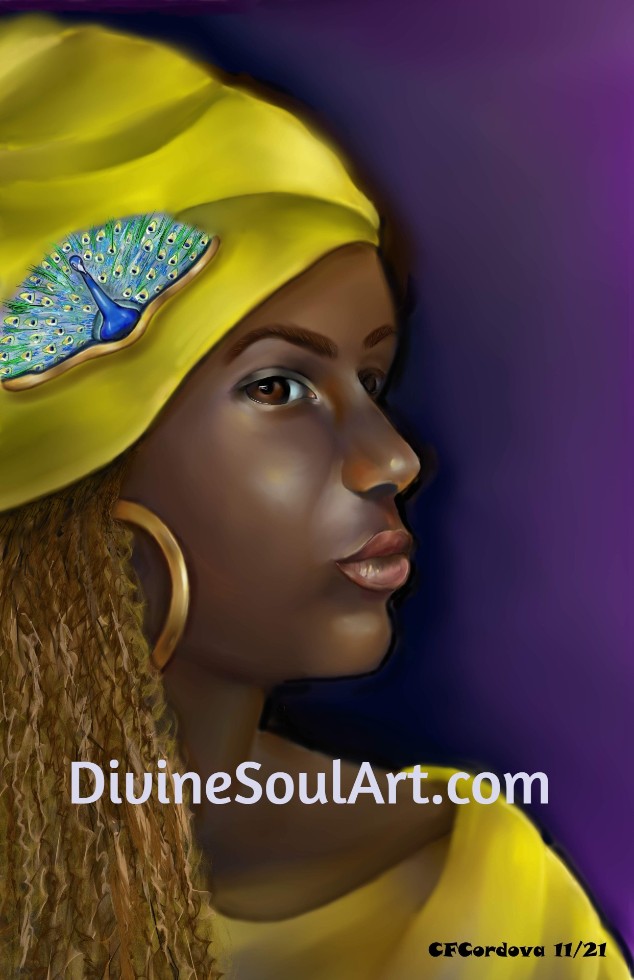
Oshun is a deity who is also known as Ochun or Oxum. She has been syncretized with the Catholic saint Our Lady of Charity, also referred to as La Virgin de la Caridad del Cobre.
Our Lady of Charity/La Caridad del Cobre
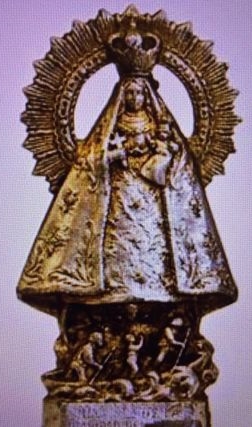
This deity is associated with various aspects such as river waters, love, fertility, marriage, beauty, wealth, art and sensuality. Additionally, she is known for being generous, kind, desirable, ambitious, seductive, self-centered and flirtatious.
In the Yoruba religion, Oshun is associated with the abdominal area. If someone is experiencing issues in that area, seeking out Oshun's help is recommended. Women who desire to have children also ask for Oshun's aid, as it is believed that she grants the wishes of those who are deserving.
Oshun is believed to be the favored wife of Chango and the younger sister of Yemaya, although some versions of the story portray Yemaya as her mother. According to folktales, Obatala is her father.
Her feast day falls on September 8, and her associated color is yellow. Her day of the week is Saturday, and her associated number is five.
Oshun is often associated with a new crescent moon and Venus, according to Luisah Teish's Jambalaya-the Natural Woman's Book.
Altars dedicated to Oshun often include a mirror, a fan, a piece of coral, gold, copper, and a tortoiseshell comb. Offerings to Oshun may include honey cakes, pumpkins, and honey, among others things.
YEMAYA- GODDESS OF THE OCEAN
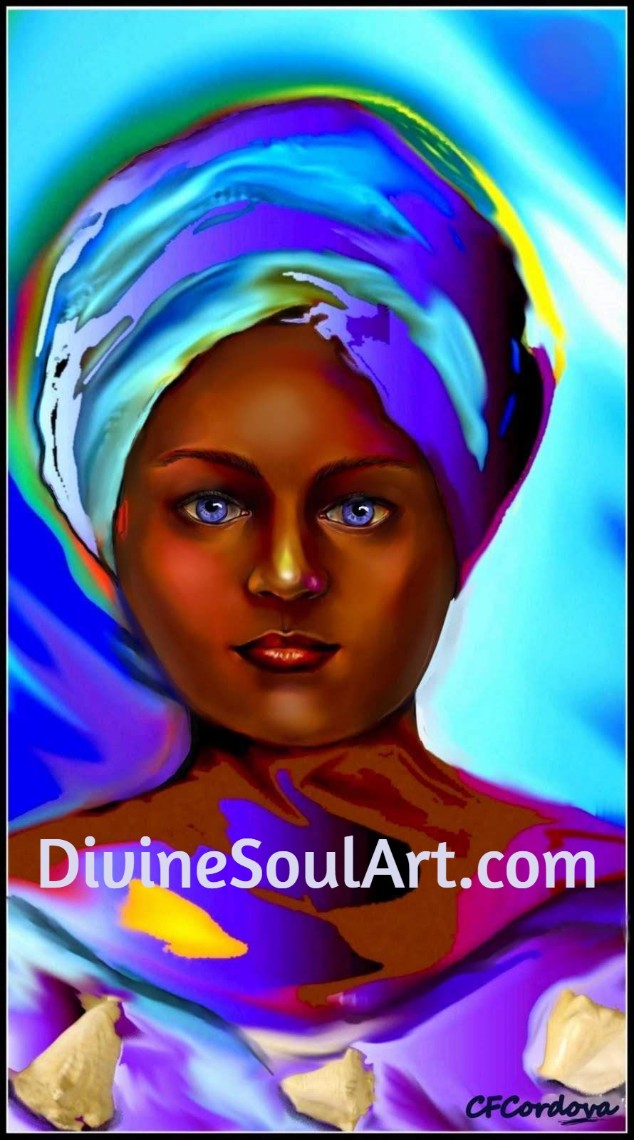
In Santería, Yemaya has been syncretized with Our Lady of Regla.
Our Lady of Regla
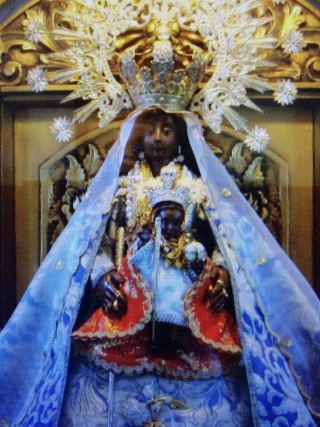
Yemaya, also known as Iemanja, is considered the mother of all living beings and has existed since the beginning of creation. It is believed that everything, including all the orishas, originated from her. Yemaya is revered as the protector of children and the mother of water, as well as the mother of all orishas.
She is the Goddess of seawaters. She represents maternity and womanhood. She is generous, kind and beautiful.
Her feast day is September 7, colors are blue, white and sometimes crystal, day of the week is Saturday, and number is seven.
Planets associated with Yemaya are full moon and Neptune.
She is the adopted mother of Chango, and older sister of Oshun. As mentioned above, she is sometimes depicted as Oshun's mother.
Her favorite foods are watermelon, sugar cane syrup, and cornmeal.
On New Year’s Eve, in Rio de Janeiro, Brazil, an innumerable amount of people, dressed in white, gather around Copacabana beach to pay homage to Yemaya. Offerings of flowers are thrown into the sea in hope that she will grant their requests for the upcoming year.
According to David St. Clair, Drum and Candle, Yemaya was the daughter of Obatala and Odudua- the black Adam and Eve. In addition to Yemaya, they had a son called Aganju. Yemaya and Aganju married each other and had a son called Orungan. As the son got older, his sexual feeling for his mother began to develop- similar to Freud’s Oedipus Complex. When the father was away, Orungan revealed his feelings to Yemaya. Shocked with Orungan’s revelation, she tried to run away. Unsuccessful in her attempt to escape, Orungan threw her on the ground and raped her.
Feeling disgusted and ashamed with what had transpired, Yemaya escaped to the jungle. With a growing belly, “she fell onto her back and from her breast came two streams of water, which quickly formed a great lake. Then her womb burst open and out came the hierarchy of Yoruba Orishas…she also gave birth to the sun and moon.”
She is known as the mother of everything. “Her name comes from Yeme, meaning mother, and Eja, meaning fish. Thus, she was the mother of all the fish and the mother of the waters.”

Click here to view or purchase Orishas Art
OBATALA- THE KING OF THE WHITE CLOTH
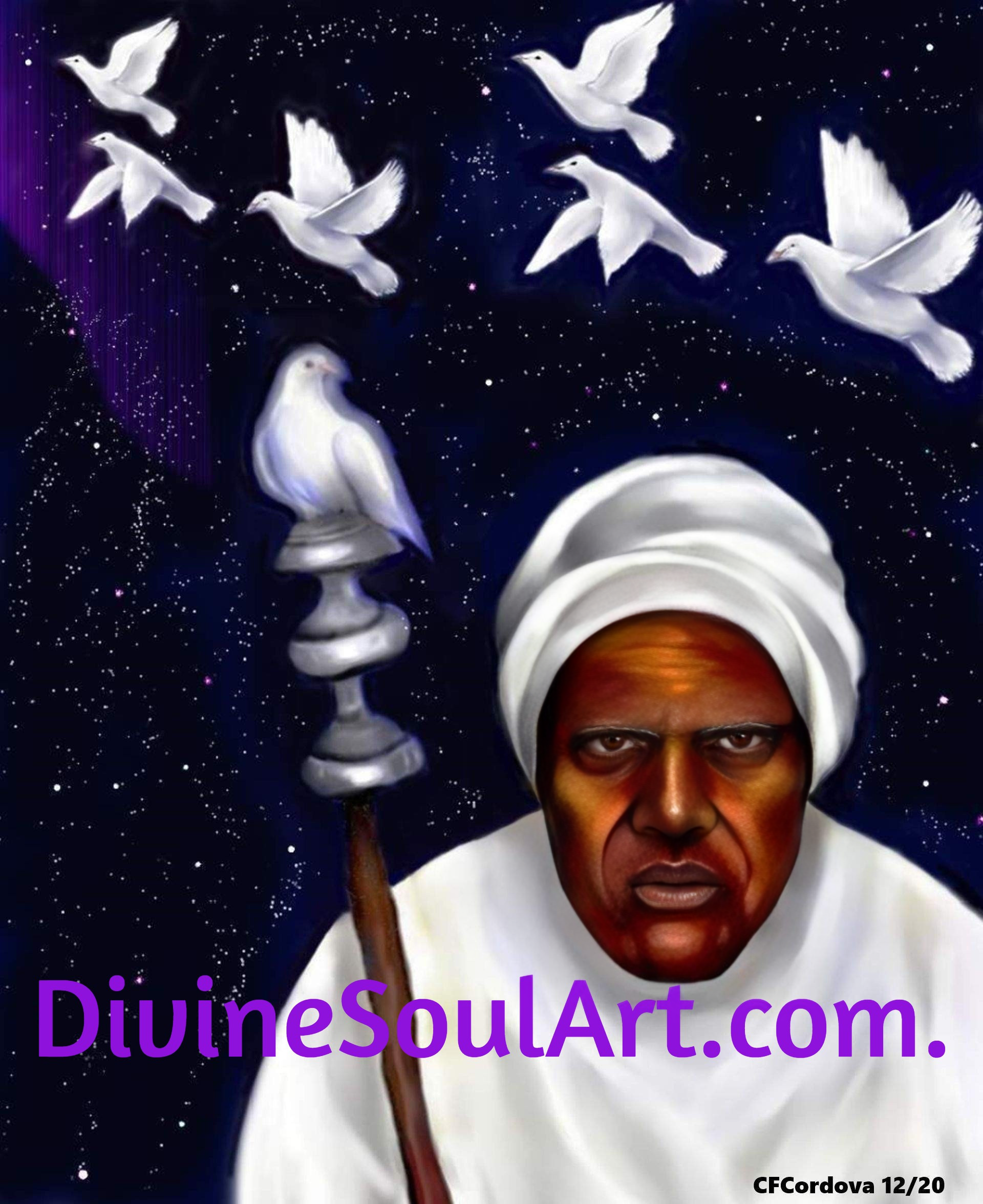
In Santeria, Obatala is associated with Our Lady of Mercy or Las Mercedes.
Our Lady of Mercy/ Virgen de las Mercedes
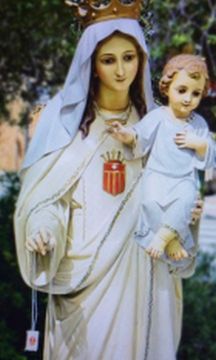
Obatala is the oldest of all orishas. Legend states that God sent Obatala to the planet Earth to create life and govern all.
He represents wisdom, peace, fatherhood, purity, generosity, sternness, and kindness.
He is the King of the White Cloth. This is due to him being dressed in impeccable white clothes.
He likes calmness, cleanliness and order. Although he loves his children, he demands respect and obedience.
Migene Gonzalez-Wippler, in her book, Santeria- The Religion, states that Obatala is, “the father of mankind and the messenger of Olofi”(God). In addition, he controls all thoughts, and is the owner of all heads.
According to Wikipedia, Olodumare, the ruler of the universe and supreme deity, asked Obatala to assist in creating human beings who would live in a new world he was about to create. That was how Obatala became the creator of human bodies, which were "brought to life by God's breath." Obatala owns all heads and remains so until the person is initiated into the priesthood of a particular orisha.
Note: Although Olodumare, who is the Supreme Being or Divine Father, according to Migene Gonzalez-Wippler, "...santeros do not deal with HIM directly. Their work is conducted with Olofi through the powers of the orishas. Olofi is syncretized as Jesus Christ."
There are different aspects of Obatala in which he is seen as female as well as male.
His feast day is September 24, color is white, day of the week is Sunday and number is eight.
Planet associated with Obatala is Jupiter.
One important feature connected to Obatala is a horsetail with a beaded handle.
His favorite foods are pears and coconut.
A recommendation from Luisah Teish concerning an altar for Obatala is to keep it in a high place.
Worshippers of Obatala strive to live an unblemished lifestyle.
CHANGO
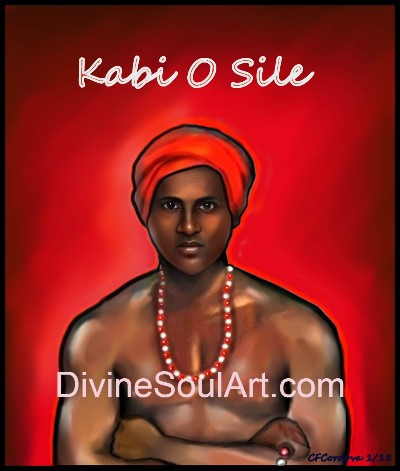
In Santeria, orisha Chango is synonymous with the Catholic Saint called Saint Barbara.
Saint Barbara
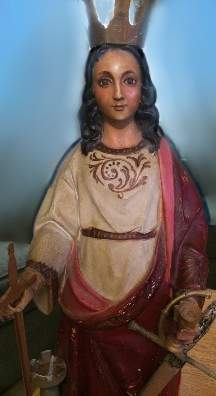
Chango is the most popular of all the African orisha deities. He is associated with fire, thunder, and lightning and symbolizes courage, physical strength, vigor, power, and passion. Chango carries a double-edged axe, which represents swift and balanced justice.
According to Migene Gonzalez-Wippler, Chango is depicted as "an incorrigible woman chaser and a lover of food and dance."
Chango is the son of Obatala and the adopted son of Yemaya. He has three wives: Oba, Oshun, and Oya.
His feast day is December 4, his colors are red and white, his day of the week is Friday, and his number is six. The planets associated with Chango are the Sun and Mars.
His favorite foods are apples, yams, corn, peppers, and bananas.
Luisah Teish recommends purchasing a double-headed axe or the symbol of Aries, the Ram, and placing these items on your altar to represent Chango. She states that the double-headed axe reminds us that life is a "double-edged sword," and the symbol of Aries reminds us of Chango's power.
ELEGUA
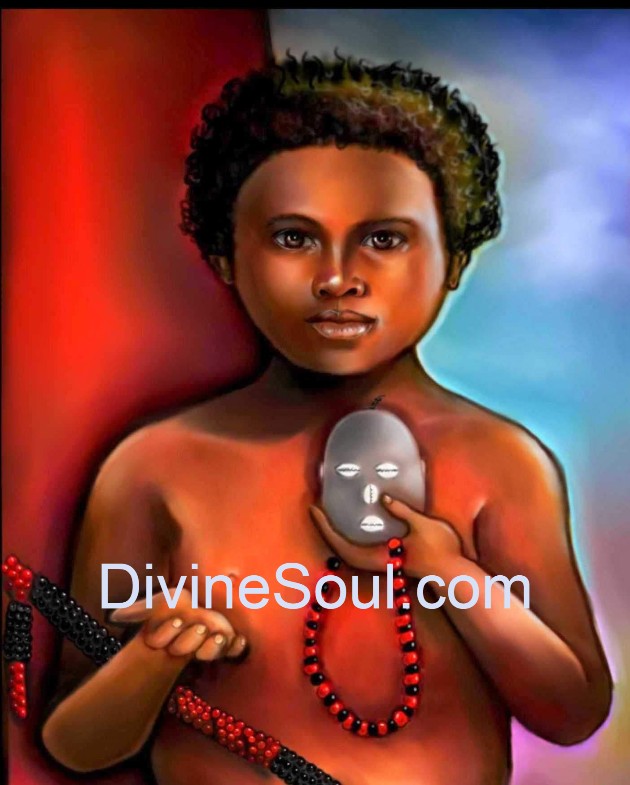
Sometimes, orisha Elegua is associated with Nino de Atocha because of its childlike image.
El Nino de Atocha/ Holy Infant of Atocha
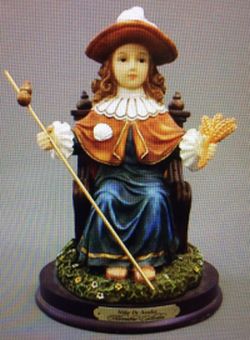
Elegua is considered one of the most important Orishas in the Santeria religion. Ceremonies in Santeria begin and end with Elegua, as he is the ruler of all crossroads.
The symbol of Elegua usually comes in the form of a cement head, a stone, a coconut, or a seashell, with cowrie shells used to denote the eyes, nose, mouth, and sometimes the ears.
His day of worship is Monday, and offerings of candles, sweets, rum, and cigars are usually made. Elegua's colors are red and black, his number is three, and his planet is Mercury.
OYA
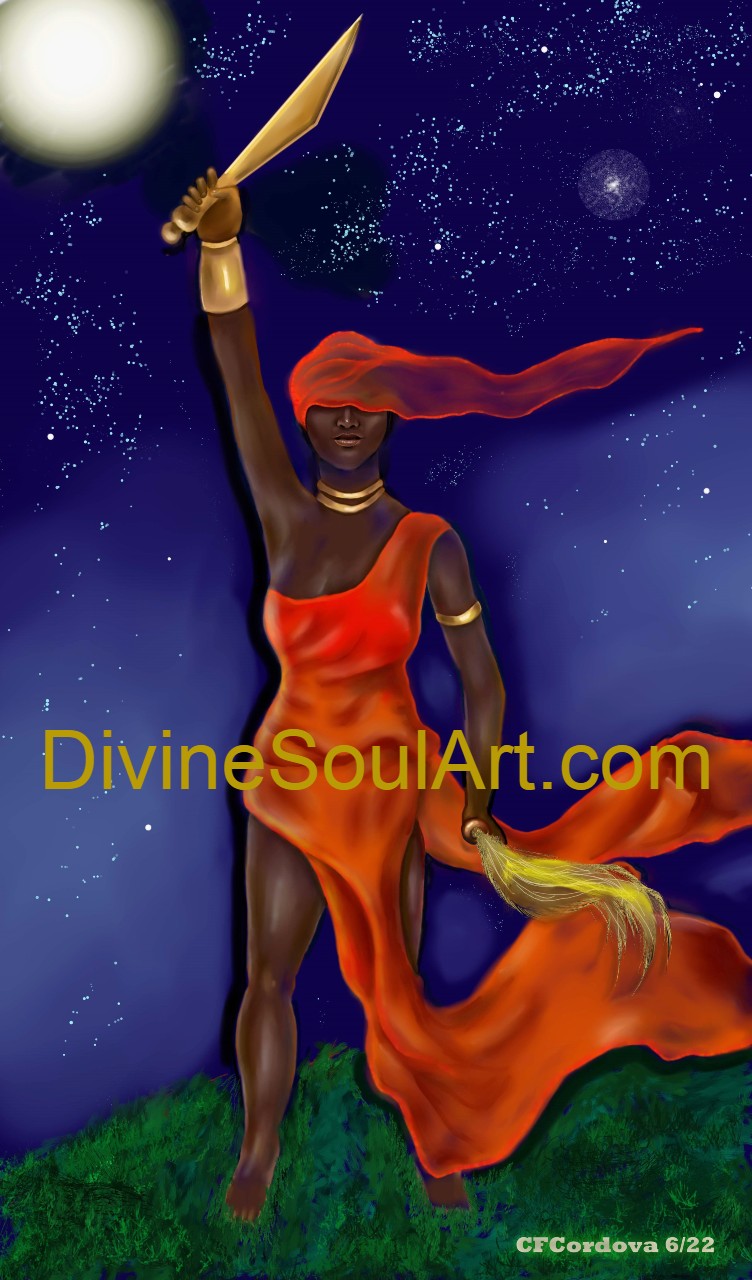
OYA
In Santeria, Oya is synonymous with the Catholic Saint called Saint Teresa of Jesus.
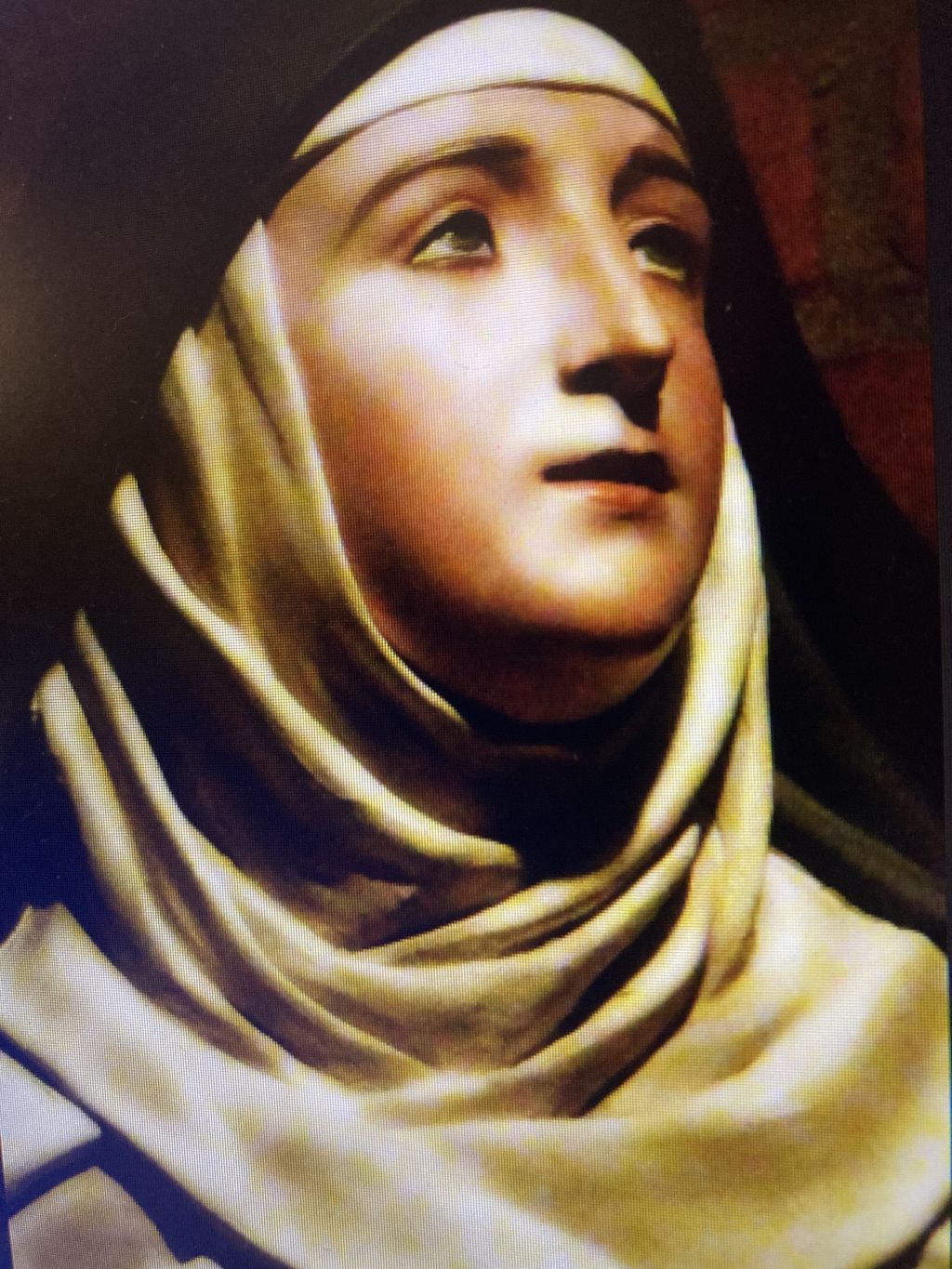
Oya is a powerful deity who rules over storms, lightning, and wind. She is seen as a symbol of strength, bravery, and guidance. People often turn to her for protection during difficult times or to help overcome challenges and transitions. It's important to note that, like other orishas, Oya has both positive and negative qualities.
In addition, she owns all cemeteries and is believed to guide souls to the afterlife.
Chango's third wife, Oya, is known for her control over fire, fierce warrior nature, and sometimes aggressive behavior. She is often depicted holding a sword; some believe she wields it to remove obstacles and bring about change.
Her feast day is February 2; her color is dark red, and her number is nine.
I hope you enjoyed the page on African Spiritual Art Orishas. If you want to read more about the orishas, please click the links below.
Traditional African Religions
Click above to return to original page.
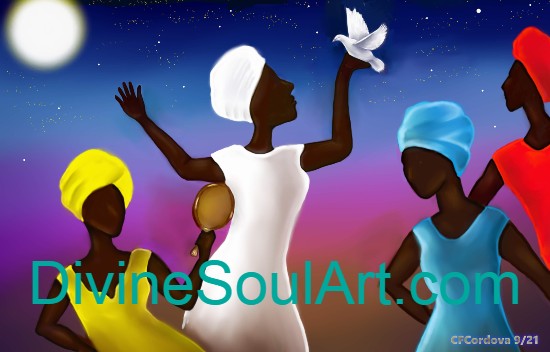
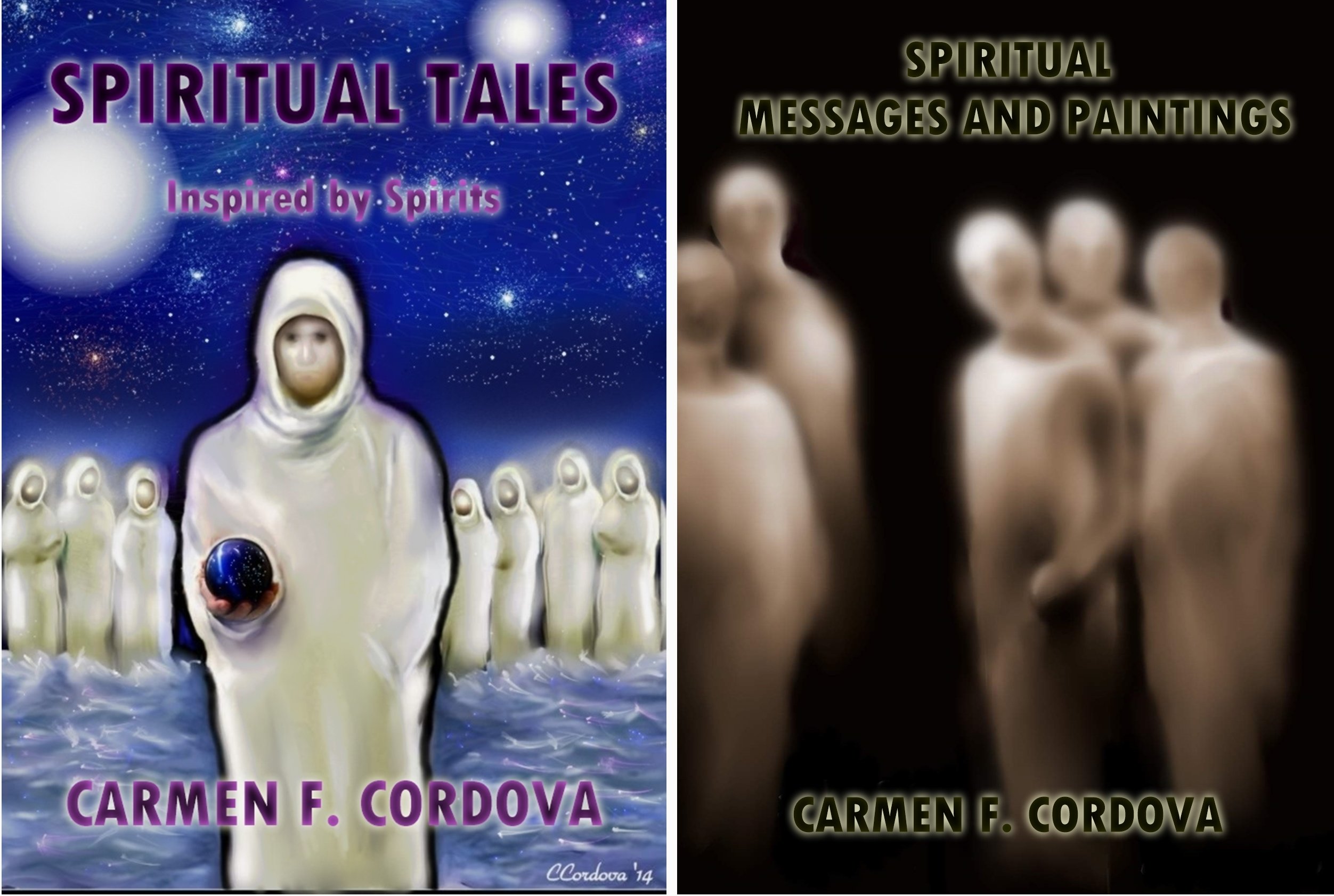
orisha gods, orisha gods, orisha gods, orisha gods
African Orishas Artwork
Click on the fine art america logo below to view more than 600 pieces of spiritual artwork

Recent Articles
-
Archangel Metatron
Feb 17, 24 04:10 PM
Archangel Metatron is considered a powerful celestial figure, known as the ‘Great Scribe’ and Keeper of the Book of Life. -
God, the Father
Jan 31, 24 01:07 PM
Go to the God as Loving Father page and read four articles about God the Father. -God as My Loving Father -Who is Father GOD? -Father Who Art in Heaven -God is Allah -
Spiritual Tools
Jan 20, 24 11:25 PM
Have you ever wondered about the mystical world of psychics and the spiritual tools psychics use to unlock the secrets of the universe? Let us explore some of the spiritual tools used by psychics for…


